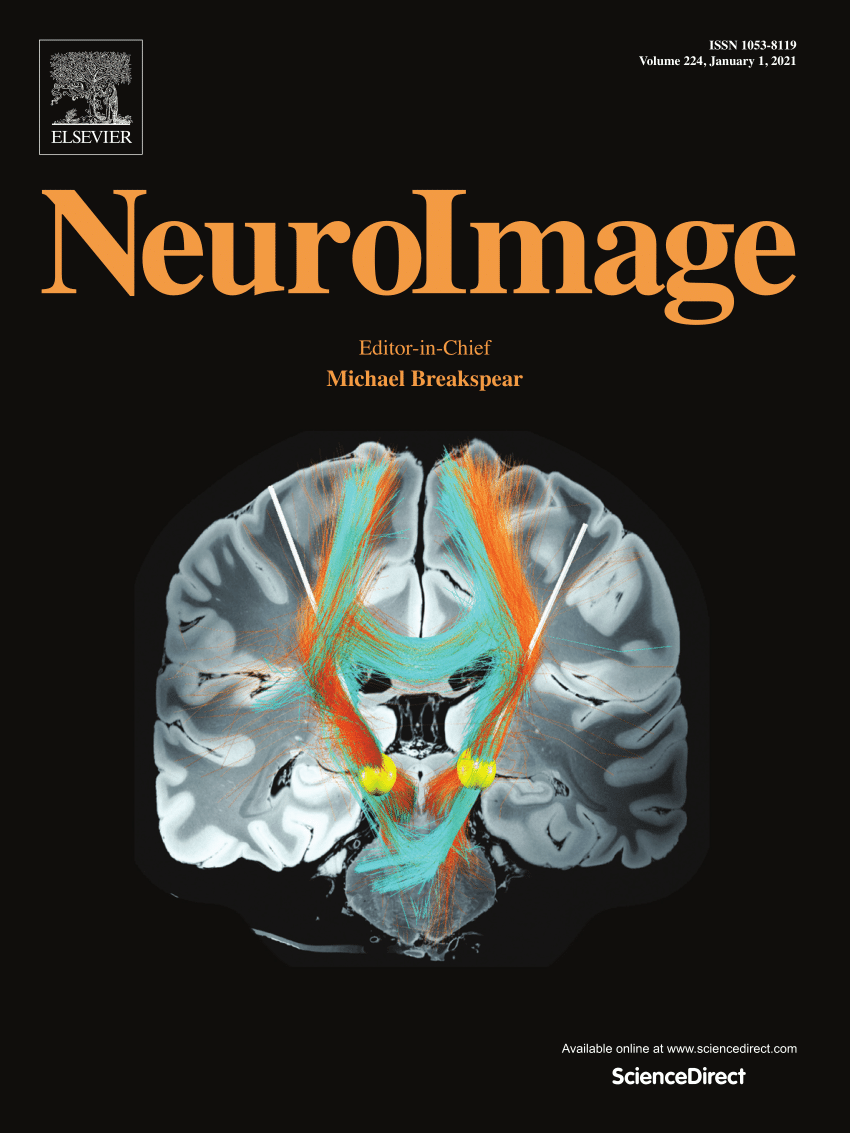Context influence on speech perception: evidence for acoustic-level mechanism across the voice onset time continuum
IF 4.7
2区 医学
Q1 NEUROIMAGING
引用次数: 0
Abstract
Contextual information plays a significant role in shaping our perception of speech, yet it remains uncertain at which level of processing such information integrates with acoustic cues. A key area of debate is whether top-down information influences acoustic encoding within the lower levels of the speech-processing hierarchy. This study employed a machine learning algorithm to decode the voice onset time (VOT) of speech and investigated how the gender of the speaker of a precursor sentence impacted subsequent speech perception. Using EEG recordings, we examined neural responses to a VOT continuum following male and female voices. Our results reveal that a linear representation of the VOT continuum emerged at an early EEG time window and that gender-based contextual cues modulated speech perception at this stage. Notably, since context information was not involved in the decoding procedure itself, we conclude that this modulation reflected the true effects of context on the perception of VOT. Moreover, the contextual influence extended across the entire VOT continuum, not just at specific sounds, suggesting a broad and consistent modulation of speech perception by gender-based context. These findings support the idea of a general acoustic-level mechanism through which contextual information influences the early stage of speech processing, contributing to ongoing debates about the interaction between top-down and bottom-up processes in speech perception.
求助全文
约1分钟内获得全文
求助全文
来源期刊

NeuroImage
医学-核医学
CiteScore
11.30
自引率
10.50%
发文量
809
审稿时长
63 days
期刊介绍:
NeuroImage, a Journal of Brain Function provides a vehicle for communicating important advances in acquiring, analyzing, and modelling neuroimaging data and in applying these techniques to the study of structure-function and brain-behavior relationships. Though the emphasis is on the macroscopic level of human brain organization, meso-and microscopic neuroimaging across all species will be considered if informative for understanding the aforementioned relationships.
 求助内容:
求助内容: 应助结果提醒方式:
应助结果提醒方式:


